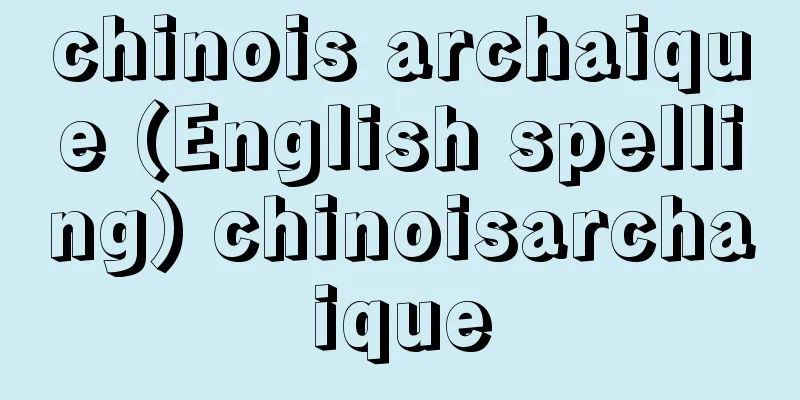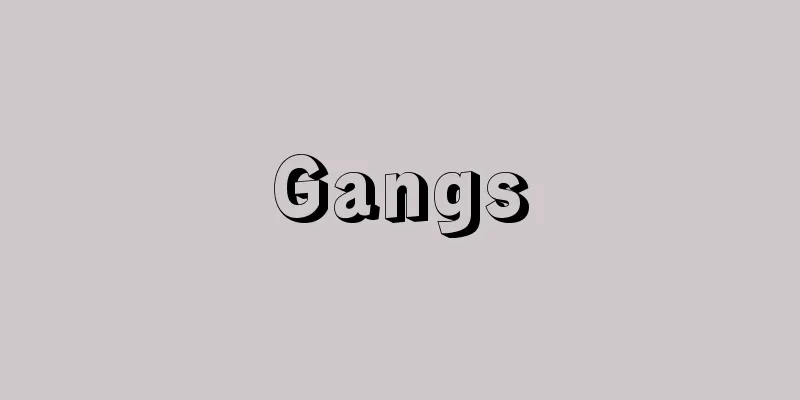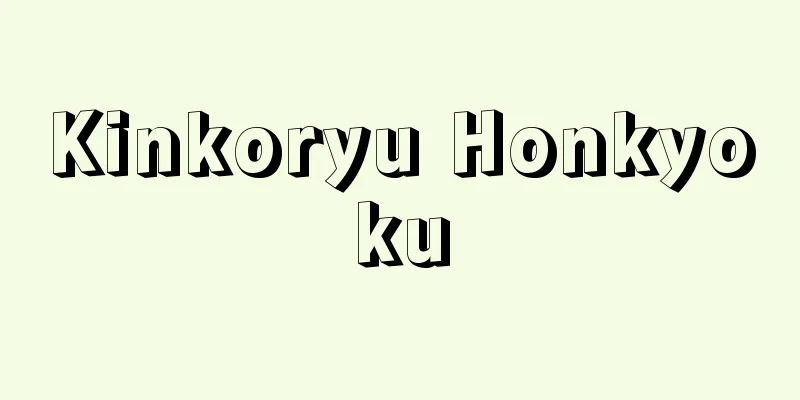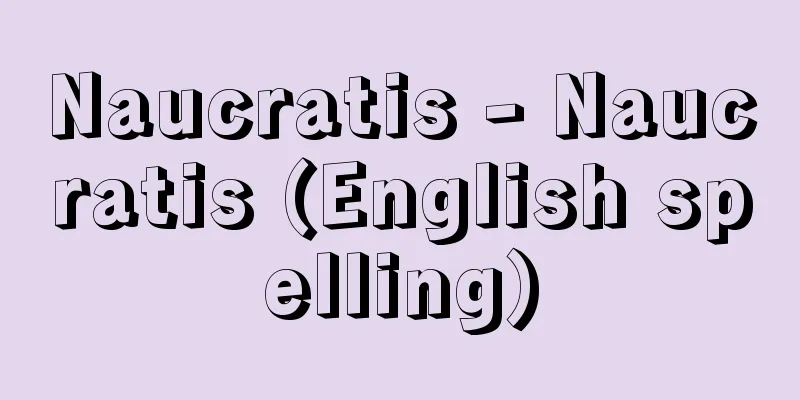Yin Ruins - Inkyo
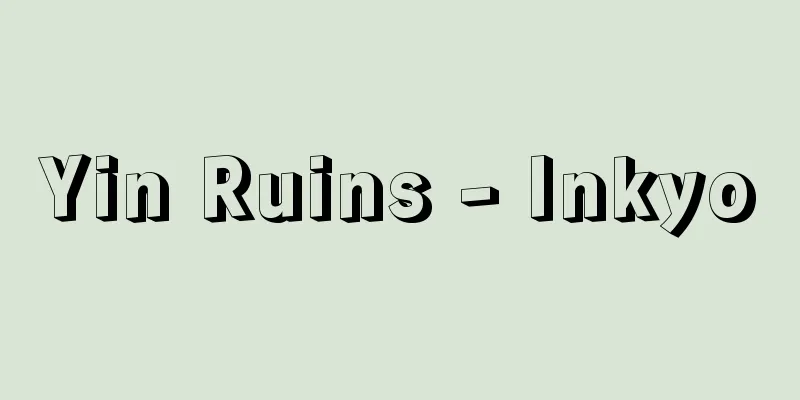
|
The ruins of the ancient capital of the Shang Dynasty near Xiaotun Village, Anyang County, Henan Province, China. Turtle shells and cow bones excavated from the ruins were sold to a Beijing pharmacy as dragon bones (believed to be a miracle cure), but when Liu E, who bought them in 1899, discovered ancient characters (oracle bone script) carved on them, they suddenly attracted the attention of ancient history scholars. Research by Luo Zhenyu, Wang Guowei and others revealed that the oracle bone script was a divination text written by a fortune teller of the Shang Dynasty for the royal family. In 1915, Luo Zhenyu personally visited Xiaotun Village, where the oracle bones were found, and after some experimental digging he managed to find not only the oracle bones but also bronze and jade artifacts. In 1928, the Institute of History and Philology at the Academia Sinica of the Republic of China, led by Dong Zuobin and Li Ji, excavated the Yin Ruins, and 15 large-scale excavations continued until 1937. After the revolution, the Institute of Archaeology at the Chinese Academy of Sciences began excavations in 1950, which are still ongoing today. Among the Yin ruins, the residential remains are mainly found on the plateau along the Hua River north of Xiaotun Village. The foundation stones of the palace were placed on top of a tamped platform. There are many remains of pit dwellings around the platform. The ancestral temples for worshiping gods and the residences of the emperor and royal family were above ground, but ordinary people lived in underground pit dwellings. Many remains of pottery, bone and bronze craftsmen's workshops and residences have also been discovered on the outskirts of Xiaotun. In contrast to these residential ruins, numerous huge tombs believed to be royal tombs of the Shang dynasty were built more than 10 meters underground in Houjiazhuang and Dasikong Village, north of the Huashui River. The coffins of the kings and royal family are surrounded by the burials of numerous attendants and concubines. The splendor of the tombs, which contain bronze and jade treasures, astonished people. Some have pits dedicated to animals such as horses, monkeys and elephants. This is probably the result of burying even the animals that the deceased kept in life, so that they could live the same life after death. Bronze artefacts from the late Shang dynasty are mainly wine vessels, tableware and musical instruments used to worship gods, rather than weapons such as spears. Mysterious patterns of monsters symbolizing ancestors are carved into the entire surface, with no gaps, and the intricacy is said to be unmatched anywhere in the world. The kings and nobles of the Shang dynasty rode in four-horse carriages, and wars were fought by chariots. Relics of carriages accompanied by horse bones were unearthed in a large tomb in the military village. Large quantities of tortoise shells and cow bones have been excavated from pits near the palace. These are carved with inscriptions by Shang fortune tellers who have predicted the ceremonies to worship the dynasty's ancestors. By deciphering the oracle bone script, combined with the remains from the royal tombs, it is now possible to imagine roughly what the lives of the kings and nobles of the Shang dynasty were like. After the Second World War, research was conducted in the surrounding area rather than the palace area in the north of Xiaotun Village, and many small and medium-sized tombs were excavated, including the remains of people's dwellings, factories for manufacturing copper and bone tools, and many other small and medium-sized tombs. Among these, the discovery of Tomb No. 5 of the Yin Ruins southwest of the palace ruins in 1976 was a major event that shocked the academic world. While most of the previously excavated tombs had been robbed, Tomb No. 5 was completely preserved in its original state, providing valuable archaeological material. Scholars were astonished by the rich collection of relics, including 468 magnificent and exquisite bronze objects and 755 jade objects. Many of the bronze objects in particular were found to have inscriptions that indicated they were made by a certain Fu Hao. Fu Hao is known from oracle bone inscriptions to have been the queen of King Wuding in the first period of the Yin Ruins, so the date of their creation is clear, providing an important benchmark for the study of this collection of relics. In parallel with this, in 1971, over 4,800 fragments of oracle bone inscriptions were excavated in the southern part of Xiaotun Village. The majority of the oracle bones were from the reign of King Muyi of the 4th period, but also included fragments from various dynasties. The discovery of this large number of oracle bone inscriptions in a clear excavated state was a groundbreaking event for oracle bone scholars, and will likely provide a great stimulus to future research. The bronze artefacts at the Yin Ruins represent the pinnacle of development, and it was unclear how such bronze artefacts came into being. As excavations progressed throughout China after the revolution, Yin dynasty ruins were discovered in various places. In particular, bronze artefacts unearthed at the Zhengzhou ruins in Henan Province, dating from the mid-Yin dynasty, include more primitive items than those found in the royal tombs at Anyang, revealing the path of bronze artefact development. Due to the large scale of the Yin Ruins ruins and the excellent quality of the luxurious bronze artefacts and other artworks excavated there, they are counted as one of the treasure troves of ancient culture, alongside the temples of Mesopotamia and Egypt. [Shigeki Kaizuka] "The Ancient Yin Empire" by Shigeki Kaizuka (1957, Misuzu Shobo) " "The World of Oracle Bone Script - The Structure of the Ancient Yin Dynasty" by Shizuo Shirakawa (Heibonsha, Toyo Bunko) [Reference] |Source: Shogakukan Encyclopedia Nipponica About Encyclopedia Nipponica Information | Legend |
|
中国、河南(かなん/ホーナン)省安陽(あんよう/アンヤン)県小屯(しょうとん)村付近にある古代の殷王朝の都の遺跡。この遺跡から掘り出したカメの甲とウシの骨が、竜骨(おこりの妙薬とされていた)として北京(ペキン)の薬屋に売り出されていたが、1899年これを買った劉鶚(りゅうがく)が、この上に古代文字(甲骨(こうこつ)文字)を彫りつけてあるのを発見し、それから急に古代史学者の注意を集めた。羅振玉(らしんぎょく/ルオチェンユイ)、王国維(おうこくい/ワンクオウェイ)らの研究によって、この甲骨文字は、殷王朝の占い師が王家のために占った卜辞(ぼくじ)、つまり占いの文章であることがわかった。羅振玉は1915年自分で甲骨の出る小屯村を訪問し、試みに掘って甲骨のほか、青銅器、玉器などを手に入れた。 1928年には中華民国中央研究院歴史語言研究所が董作賓(とうさくひん/トンツオピン)、李済(りせい/リーチー)を中心に殷墟の発掘を行い、これから37年まで15回にわたる大発掘が続けられた。また革命後は、中国科学院考古研究所によって、50年から発掘が始められ、現在も続けられている。 殷墟のうち居住遺跡はおもに小屯村北方の洹河(えんが)に沿った台地に現れる。土壇を突き固めた上に宮殿の礎石が置かれている。土壇の周囲には多くの竪穴(たてあな)式の住居の遺跡がある。神を祀(まつ)る宗廟(そうびょう)や、帝王、王族の住居は地上にあったが、一般人民は地下式の竪穴に暮らしていた。 小屯の都市の郊外にはまた、陶器、骨器、銅器をつくる職人の工場と住居跡がたくさん発見されている。この居住遺跡に対して、洹水北の侯家荘(こうかそう)、大司空(だいしくう)村には、殷王朝の王墓とみられる多数の巨大な墓が地下10メートル以上の深さにつくられていた。王や王族の棺(かん)は多数の侍従や婢妾(ひしょう)の殉葬(じゅんそう)に取り囲まれている。墓室には青銅器、玉器などの宝物が入れられ、その豪華さは人々を驚かせた。あるものにはウマ、サル、ゾウなどの動物専用の坑(こう)がついている。おそらく生前に飼っていた動物まで葬られ、死後も生前と同じように生活ができるようにと考えた結果であろう。殷代後期の青銅器は、戈(か)のような武器よりはむしろ神を祀るための酒器、食器、楽器が主体を占めている。祖先を象徴する怪獣の不思議な文様が全面にすきまもなく彫り込まれ、その精巧さは世界中にその比をみないといわれる。殷の王や貴族たちは四頭立ての馬車に乗り、また戦争は車戦であった。武官村の大墓にはウマの骨を伴った馬車の遺物が掘り出された。宮殿のそばの竪穴などからは、大量の亀甲(きっこう)、牛骨が発掘された。これらには、殷の占い師が王朝の祖先を祀る儀式を占った文章が彫りつけられている。この甲骨文字の解読と王墓の遺物と相まって、殷王朝の王侯、貴族の生活ぶりが、だいたい想像することができるようになった。 第二次世界大戦後は、小屯村北部の宮殿地区よりも、むしろ周辺の地帯に調査が進められ、人民の住居、銅器や骨器の製造工場の遺跡と多数の中小の墳墓が発掘された。そのなかで、1976年宮殿遺跡の南西の殷墟5号墓の発見は学界に大きな衝撃を与える大事件であった。従来発掘された墓はほとんど盗掘されていたのに対して、この5号墓は完全に原状のまま保存されていたので、考古学的に貴重な資料を提供するものであった。壮麗、精巧を極めた468個の青銅器、755個の玉器をはじめ豊富な遺物群は学者たちの目を驚かせるものであったが、とくに青銅器のなかには、婦好(ふこう)という者が製造したという銘文を刻んだものが多く発見された。婦好は甲骨文によって殷墟第1期の武丁(ぶてい)王の王妃であることが知られているので、その製作年代は明確であり、この遺物群の研究に重要な基準を示すものであった。 これと並んで1971年には、小屯村の南部から4800余片の甲骨文字が発掘された。第4期の武乙王時代の甲骨を主体とし、各代のものを含んでいる。この出土状態の明らかな大量の甲骨文字の発見は、甲骨学者にとっても画期的な事件であり、今後の研究に大きな刺激を与えるであろう。 殷墟の青銅器は発達の頂点にあるもので、どうしてこのような青銅器が生まれたかという経路はわからなかった。革命後、中国全土にわたって発掘が進むにつれて、各地に殷代の遺跡が発見された。とくに殷代中期の河南省鄭州(ていしゅう/チョンチョウ)の遺跡から出た青銅器遺物のなかには、安陽の王墓から出たものより原始的なものを含んでおり、青銅器の発達の経路がわかるようになった。殷墟遺跡はその規模の大きいこと、そこから出土する豪華な青銅器などの美術品が優秀なことによって、メソポタミア、エジプトの神殿と並んで古代文化の宝庫の一つに数えられる。 [貝塚茂樹] 『貝塚茂樹著『古代殷帝国』(1957・みすず書房)』▽『白川静著『甲骨文の世界――古代殷王朝の構造』(平凡社・東洋文庫)』 [参照項目] |出典 小学館 日本大百科全書(ニッポニカ)日本大百科全書(ニッポニカ)について 情報 | 凡例 |
>>: Ink jet printing - Ink jet printing (English spelling)
Recommend
Globe Theatre
A public theater located on the south bank of the ...
After-draw vortex - After-draw vortex
…to achieve maximum speed, an aircraft should fly...
Tuyūl; Tiyūl
A form of land ownership in Iran. In it, the state...
Buccal arch - Kyokotsukyu
An arch-shaped bone formed by the processes of the...
Boyo Islands
This name includes the islands of Oshima District...
AMA - American Marketing Association
American Marketing Association. Founded as a non-p...
Rare books (English)
...General term for books that are generally circ...
Erenburg - Erenburg (English notation) Il'ya Grigor'evich Erenburg / Il'ya Grigor'evich Erenburg
A Russian Soviet poet and writer. Born in a Jewis...
Hey - John Milton Hay
American poet, journalist, and politician. Born i...
Kangen Bugaku
…Furthermore, in Tang music, there are purely ins...
Ashigawa [village] - Ashigawa
A village in Higashi-Yatsushiro County in the sout...
Nezu
A residential and commercial district in the easte...
Topeka - Topeka (English spelling)
Kansas is a city on the Kansas River in northeast...
Shodaisan
It is also written as Shodaiyama and pronounced &q...
Violet root rot
...Affected plants lose vitality above ground, th...
